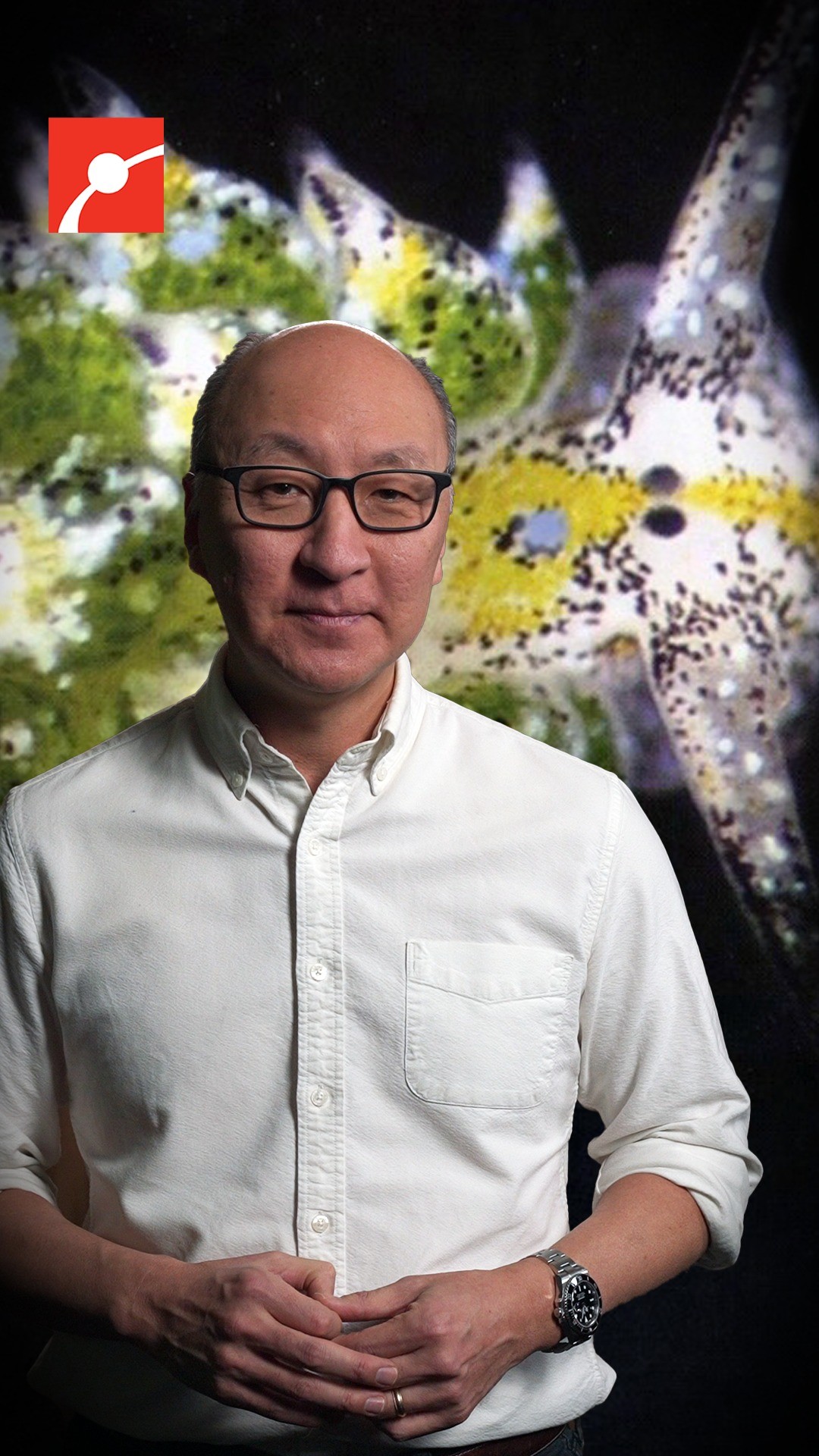- Groundbreaking bioengineering achievement: Tokyo researchers have managed to create a biohybrid by transplanting chloroplasts into hamster cells, pushing the boundaries of scientific innovation in cellular biology.
- Planimals and nature’s precedent: This development has a natural precedent; certain sea slugs and salamanders are known to incorporate chloroplasts into their physiology, providing fascinating case studies in planimal adaptation.
- Benefits and implications for wildlife conservation: Understanding and potentially harnessing photosynthesis in animal cells could have significant implications for ecological sustainability and conservation efforts.
- Technological advancements and future research: With this breakthrough, what lies ahead for bioengineering? The potential applications span medicine, agriculture, and beyond.
- Ethical considerations: As with any technological advancement, the creation of photosynthetic animal cells raises important ethical questions regarding the manipulation of life forms and potential impact on ecosystems.
The world of cellular biology has witnessed a monumental leap with Tokyo researchers’ transplantation of chloroplasts—organelles responsible for photosynthesis—into hamster cells. These scientists have crafted a biohybrid, a frontier-breaking experiment that could revolutionize our understanding of cellular capabilities. This transformation blurs the once-distinct lines between plant and animal kingdoms, offering a tantalizing glimpse into a new class of organisms dubbed “planimals.” But how novel are these photosynthetic cells, given that nature has been blurring these lines independently for ages?
Sea slugs and certain salamander species have long been known to host chloroplasts within their tissues, turning sunlight into energy in a remarkable natural process. These organisms demonstrate an incredible adaptability, utilizing chloroplasts to supplement their diets and energy needs, a phenomenon known as kleptoplasty. Sea slugs, for instance, assimilate chloroplasts from the algae they consume, turning them into solar panels that sustain them under nutrient-scarce conditions. Salamanders, on the other hand, engage in a more symbiotic relationship, drawing from algae residing within their eggs’ tissues to energize their development.
This natural backdrop makes the man-made achievement in Tokyo as much an adaptation as an innovation. By mirroring these processes in controlled lab environments, scientists can explore the underlying genetic and biochemical mechanisms at play. The potential benefits are immense. If animal cells can photosynthesize, shifting energy production paradigms, it could lead to more sustainable forms of animal husbandry and reduce reliance on conventional food resources. The implications for wildlife conservation are profound. Photosynthetic animals could, theoretically, be less dependent on other organisms for energy, reducing their impact on fragile ecosystems and alleviating food scarcity issues in dense populations.
Photosynthetic cells within animals present numerous pathways for further scientific exploration. From a technological standpoint, advancing our understanding of these mechanisms could revolutionize fields such as agriculture and medicine. Imagine crops engineered to thrive in low-light environments or even human medical applications where tissues could autonomously produce energy, increasing efficiency in wound healing or organ function. Such transformative possibilities demand rigorous investigation, bridging the current gap between theoretical potential and practical application.
Importantly, this scientific trajectory is intertwined with substantial ethical considerations. What are the broader consequences of manipulating life at such a fundamental level? While generating planimals might enhance certain ecological aspects, inadvertently altering ecosystems’ balance could yield unforeseen and potentially detrimental outcomes. Rigorous ethical frameworks are essential to navigate these waters, ensuring responsible application of cutting-edge technologies without compromising the integrity of natural ecosystems.
In the coming years, the field of bioengineering is poised for phenomenal growth, with planimals serving as a cornerstone of evolved cellular study. This breakthrough invites a re-evaluation of current biological paradigms and necessitates ongoing dialogue among scientists, ethicists, and the public. As we stand on the precipice of this exciting intersection of innovation and nature, the opportunities for discovery and advancement abound, heralding a future where animal and plant cells may act in concert to solve some of humanity’s most pressing challenges.
*****
Source Description
Scientists just made “planimal” cells—animal cells that photosynthesize! 🌱
Researchers in Tokyo transplanted chloroplasts to hamster cells creating a biohybrid. This bioengineering breakthrough blurs the plant-animal line, but nature has been doing it for ages—sea slugs and salamanders already incorporate chloroplasts into their biology.


